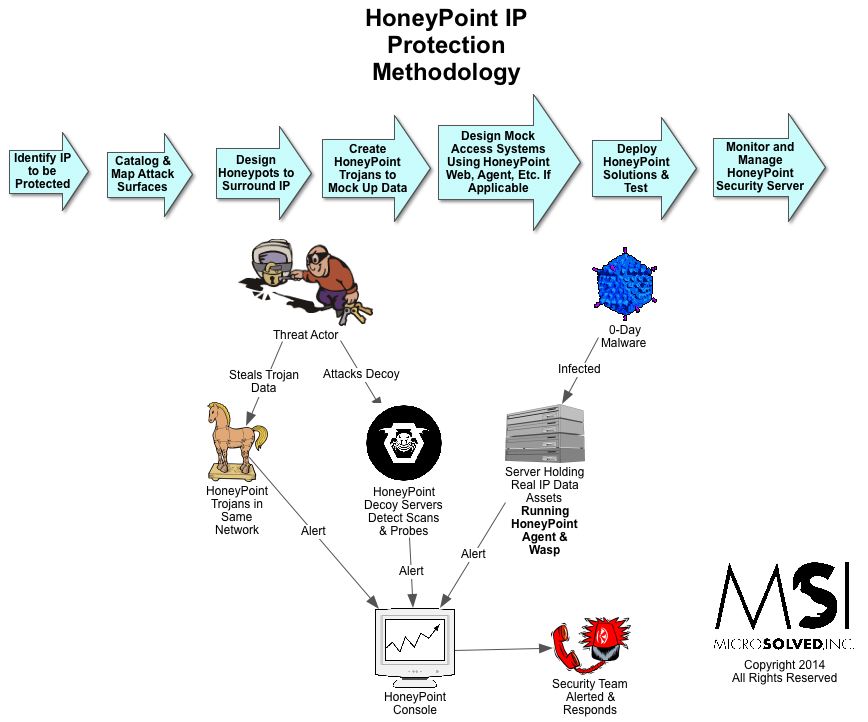So this week, while doing some TigerTrax research for a client, I ran into something that was “new to me”, but apparently is old hat for the folks focused on ATM security. The attacks against ATMs run from the comical, like when would-be thieves leave behind cell phones, license plates or get knocked out by their own sledge hammers during their capers to the extremely violent – attacks with explosives, firearms and dangerous chemicals. But, this week, my attention caught on an attack called “Plofkraak”.
In this attack, which is apparently spreading around the world from its birth in Eastern Europe, an ATM is injected with high levels of flammable gas. The attackers basically tape up all of the areas where the gas could easily leak out, and then fill the empty spaces inside the ATM with a common flammable gas. Once the injection is completed, the gas is fired by the attacker, causing an explosion that emanates from INSIDE the ATM.
The force of the explosion tears the ATM apart, and if the attackers are lucky, cracks open the safe that holds the money, allowing them to make off with the cash and deposits. Not all attackers are lucky though, and some get injured in the blast, fail to open the safe and even torch the money they were seeking. However, the attack is cheap, fast, and if the ATM doesn’t have adequate safeguards, effective.
The collateral damage from an attack of this type can be pretty dangerous. Fires, other explosions and structural damages have been linked to the attack. Here is an example of what one instance looked like upon discovery.
Some ATM vendors have developed counter measures for the attack, including gas sensors/neutralizing chemical systems, additional controls to prevent injection into the core of the machine, hardening techniques for the safe against explosions and other tricks of the trade. However, given the age of ATM machines in the field and their widespread international deployment, it is obvious that a number of vulnerable systems are likely to be available for the criminals to exploit.
While this is a weird and interesting technique, it did give me some reminders about just how creative and ambitious criminals can be. Even extending that into Information Security, it never ceases to amaze me how creative people will get to steal. Spend some time today thinking about that. What areas of your organization might be vulnerable to novel attacks? Where are the areas that a single failure of a security control could cause immense harm? Make a note of those, and include them in your next risk assessment, pen-test or threat modeling exercise.
Don’t forget, that just like the inventors of Plofkraa”, attackers around the world are working on the odd, novel and unexpected attack vector. Vigilance is a necessary skill, and one we need more of, in infosec. As always, thanks for reading, and stay safe out there!

